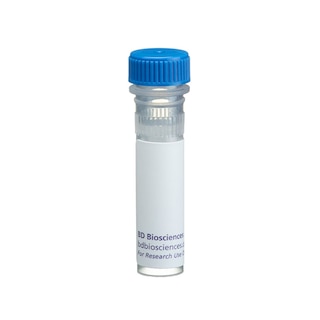-
Reagents
- Flow Cytometry Reagents
-
Western Blotting and Molecular Reagents
- Immunoassay Reagents
-
Single-Cell Multiomics Reagents
- BD® OMICS-Guard Sample Preservation Buffer
- BD® AbSeq Assay
- BD® OMICS-One Immune Profiler Protein Panel
- BD® Single-Cell Multiplexing Kit
- BD Rhapsody™ ATAC-Seq Assays
- BD Rhapsody™ Whole Transcriptome Analysis (WTA) Amplification Kit
- BD Rhapsody™ TCR/BCR Next Multiomic Assays
- BD Rhapsody™ Targeted mRNA Kits
- BD Rhapsody™ Accessory Kits
-
Functional Assays
-
Microscopy and Imaging Reagents
-
Cell Preparation and Separation Reagents
-
- BD® OMICS-Guard Sample Preservation Buffer
- BD® AbSeq Assay
- BD® OMICS-One Immune Profiler Protein Panel
- BD® Single-Cell Multiplexing Kit
- BD Rhapsody™ ATAC-Seq Assays
- BD Rhapsody™ Whole Transcriptome Analysis (WTA) Amplification Kit
- BD Rhapsody™ TCR/BCR Next Multiomic Assays
- BD Rhapsody™ Targeted mRNA Kits
- BD Rhapsody™ Accessory Kits
- United States (English)
-
Change country/language
Old Browser
This page has been recently translated and is available in French now.
Looks like you're visiting us from {countryName}.
Would you like to stay on the current country site or be switched to your country?




Western blot analysis of recombinant FasÄTM. Purified mouse anti-human Fas antibody (clone G254-274) was used to stain 200 ng of recombinant FasÄTM (MN 554336).


BD Pharmingen™ Purified Mouse Anti-Human CD95

Regulatory Status Legend
Any use of products other than the permitted use without the express written authorization of Becton, Dickinson and Company is strictly prohibited.
Preparation And Storage
Recommended Assay Procedures
Applications include western blot analysis (1-2µg/ml). Clone G254-274 has also been tested in antibody development for ELISA where G254-274 has been used as a capture antibody paired with the biotin mouse anti-human Fas clone DX2 (MN 555672) as the detection antibody. The BD OptEIA™ Set for soluble, human Fas (MN 555224) is the suggested format for use in ELISA analysis. Clone G254-274 is not suggested for flow cytometric analysis or for use in functional apoptosis assays.
Product Notices
- Since applications vary, each investigator should titrate the reagent to obtain optimal results.
- Please refer to www.bdbiosciences.com/us/s/resources for technical protocols.
- Caution: Sodium azide yields highly toxic hydrazoic acid under acidic conditions. Dilute azide compounds in running water before discarding to avoid accumulation of potentially explosive deposits in plumbing.
Companion Products



Programmed cell death (apoptosis) may be induced in response to a variety of cytotoxic stimuli, including activation of surface receptors. An area of particular interest has been the induction of apoptosis by the receptor-ligand pair: Fas (CD95) and Fas Ligand (FasL). Fas is an ~45 kD cell surface protein which belongs to the the TNF (tumor necrosis factor receptor family, and is expressed in various tissue and cells including the thymus, liver, ovary and lung. FasL, a member of the TNF ligand family, is expressed on activated T and NK cells. FasL initiates signaling at the cell surface by aggregation of individual Fas recpetors via binding to the multivalent ligand. Antibodies which selectively activate Fas can be used in vitro to mimic the apoptotic response associated with FasL. Both Fas and FasL are thought to play an important role in the apoptotic processes that take place during T cell development. Clone G254-274 recognizes human Fas. A soluble form of recombinant human Fas (lacking the Fas transmembrane domain) was used as immunogen.
Development References (2)
-
Takahashi T, Tanaka M, Brannan CI, et al. Generalized lymphoproliferative disease in mice, caused by a point mutation in the Fas ligand. Cell. 1994; 76(6):969-976. (Biology). View Reference
-
Tanaka M, Suda T, Takahashi T, Nagata S. Expression of the functional soluble form of human Fas ligand in activated lymphocytes. EMBO J. 1995; 14(6):1129-1135. (Biology). View Reference
Please refer to Support Documents for Quality Certificates
Global - Refer to manufacturer's instructions for use and related User Manuals and Technical data sheets before using this products as described
Comparisons, where applicable, are made against older BD Technology, manual methods or are general performance claims. Comparisons are not made against non-BD technologies, unless otherwise noted.
For Research Use Only. Not for use in diagnostic or therapeutic procedures.